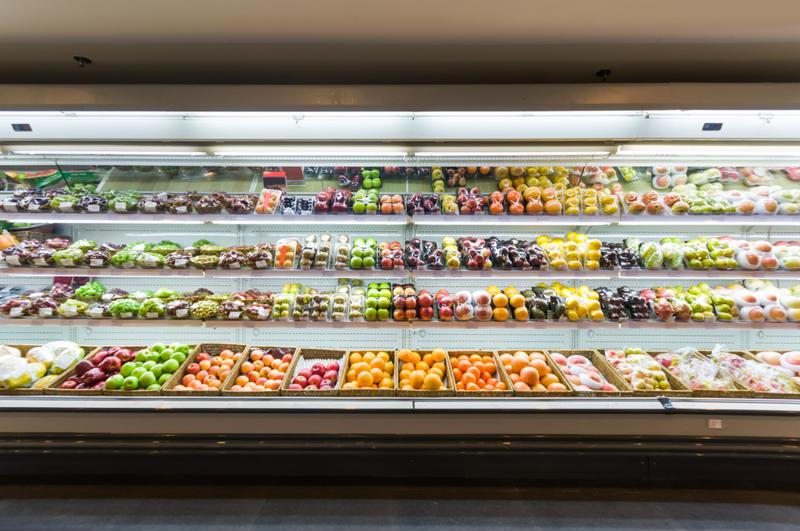A significant emerging issue is more restaurants are returning to pre-pandemic operations and food demand is rising as a result, according to The Wall Street Journal. That is once again stretching suppliers and shippers thin, as they spent months adapting to the "new normal," and now have to re-adapt to the "old normal" in short order as well. Economists call this the "bullwhip effect," and other supply chains are likely to experience it in the near future.

What's the effect?
As with many other industry supply chains these days, food companies say there's not enough raw material (meaning fresh meat or produce) to meet everyone's needs, so restaurants and supermarkets are competing with one another in many cases, the report said. That, in turn, is driving up prices that will eventually be passed on to consumers. For example, with more pizzerias opening in recent weeks, the price of pepperoni has climbed 60% in a period of a little more than a month.
And that's if companies can get their hands on product; there are voluminous instances of companies getting fewer orders fulfilled than they received at the height of the pandemic, or having to make do with relatively small percentages of what they would normally order, the Journal noted. Moreover, labor shortages on the supply side means it may be some time before these issues can be resolved.
Indeed, that comes after a year of marked growth in food prices. MLive recently reported that between March 2020 and the same month this year, food costs rose 3.3% — the largest year-over-year increase in 10 years. And experts say this is a change being felt for basically every kind of foodstuff popular with consumers and restaurants alike. Beef prices are up nearly 10%, pork north of 6%, poultry by more than 5.5%, and fresh fruit also by 5.5%.
Laying the groundwork
While all this is going on, those in the food supply chain say now is the time for companies to start building new contingency plans that will allow them to more effectively weather future storms, according to Chuck Conner and Daren Coppock, the presidents and CEOs of the National Council of Farmer Cooperatives and the the Agricultural Retailers Association, respectively, writing for Agri-Pulse. More coordination will go a long way toward ensuring ongoing success for all involved.
This is a lesson that can be applied to all aspects of the supply chain. The more that can be done to insulate against potential risk factors, so that companies can pivot regardless of the obstacle, the better off all will be going forward.



Post A Comment:
0 comments so far,add yours